|
Barred Owls (Strix varia) are new arrivals to Vancouver Island, with the first record on the island in 1969. Since then it has become a common owl, in a wide variety of habitats. Barred Owl increases seem to be correlated with the decline in Western Screech-Owls, which have gone from being the most abundant raptor on Vancouver Island and the Gulf Islands, to one of the rarest.
As I write it is just starting to get dark, and I can hear alarm calls from American Robins, Black-headed Grosbeaks, Spotted Towhees and Dark-eyed Juncos - the Barred Owl we photographed for this blog two nights ago is likely back in the yard.
0 Comments
This is by far the most common butterfly seen on Leaning Oaks early in the spring. It has two generations per year, the first being the most abundant. Celastrina echo can be seen nectaring on most of the meadow spring flowers, and often perches on grasses. It is found through the southern fifth of B.C. so it is likely that it is quite cosmopolitan in it's choice of food plants.
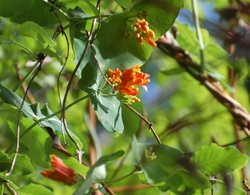 Orange Honeysuckle (Lonicera ciliosa) is one of two species of Lonicera that we have at Leaning Oaks. It is the earlier blooming of the two. Unlike moth pollinated honeysuckles, our native honeysuckle vines are pollinated by hummingbirds, and their showy flowers and large nectaries (but no perfume) are typical of hummingbird pollinated flowers. It is one of the few native vines in our area, and can climb up into the canopy of small trees. Here they grow up Garry Oaks and small Douglas-fir trees. One of the emblematic wildflowers in the Garry Oak meadow is Camassia quamash. The blue swaths begin sometime near the end of April and are usually finished by the May long weekend. The bulbs were a very important traditional food . Carbohydrates were in short supply and the bulbs were a coveted source. Fields of camas were passed on between families, the death camas "weeded" out and the ground cleared of rocks, sticks and other debris to provide the best growing conditions. The bulbs have to be cooked for long periods of time to break down the long chained inulin into something that can be digested.
It is interesting that this quote from Lewis (of Lewis and Clarke) was mid June; long after our camas have dropped all of their "blumes".
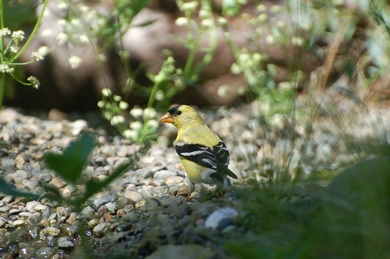 For us, American Goldfinch is a bird of spring and summer. Our first birds of the year usually arrive in the third week of April and are gone by the end of September. This is in spite of the fact that small numbers winter on Vancouver Island and the Leaning Oaks avian welfare system ensures a year round supply of sunflower seeds. They are among the dozen or so species that like to bath in the gravel filtration beds that we have set up to remove nutrients from the pond and keep the water clear and free of algae. 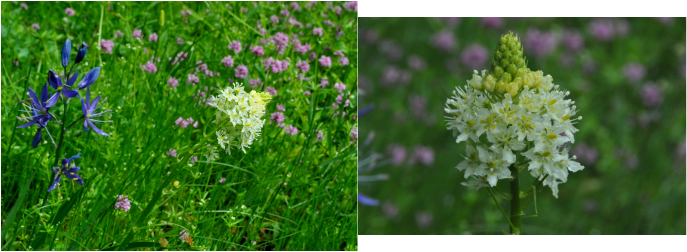 I have this image of a game of Russian Roulette where there are people out harvesting the rich bulbs of the edible blue camas and never quite knowing when they may accidentally dig up the the similar Toxicoscordion venenosum bulb that grows in the same locations, but contains the alkaloid zygacine. To avoid this, local indigenous people would remove the plants from a local harvest area when they were in bloom and more recognizable. This would make harvesting less risky! The leaves are also poisonous and have been deadly to grazing cattle in the spring where the death-camas is out before other forage is available. We have a few locations where the creamy death-camas is a lovely counterpoint to the abundant blue camas; generally in slightly moister areas. 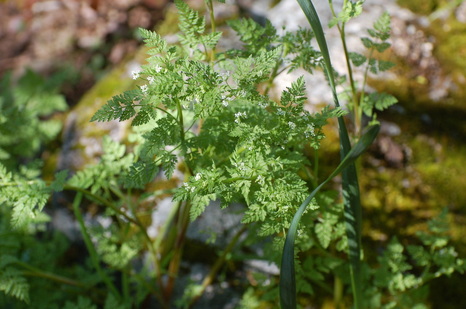 Bur Chervil (Anthriscus caucalis) is an introduced weed, similar to the garden herb, It is an aggressive colonizer in the meadow. It is a handsome plant, with fine, fern-like foliage with a strong smell when bruised or cut. The flowers are small and white. The plants here show an amazing diversity of sizes, from just a few inches high on trampled or drier sites with thin soils to robust plants over a meter high on moister, deeper soils. For the most part it seems to behave as a biennial here, forming a basal rosette the first year and flowering in the spring of the second year. One of the more common bumble bees on Leaning Oaks is Bombus bifarious...or at least one that is relatively easy to identify as it buzzes and bumbles about. The range of this bee is Alaska to California, from the Rockies westward with a few occurrences on the taiga ad on the plains. The other English name that I found is "Two Form" -presumably because of the two divergent colour patterns that are closely related based on DNA evidence.
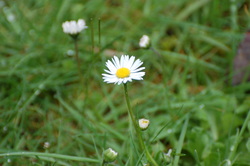 English Daisy (Bellis perennis) is a widespread exotic weed most commonly seen in lawns and other disturbed areas. There is can form impressive sweeps of white or pale pink in the early spring when it blooms. This is yet another weed that can be used in salads, although the leaves are best used when young, they become bitter as the plant ages. The word "daisy" is thought to come from the words "day's eye" in reference to the habit of this plant opening the flower in daylight and closing up again on cloudy days, or at night. 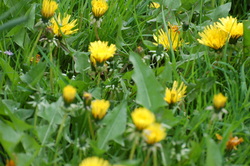 British Columbia has 5 species of Taraxacum, and this one, Taraxacum officinale is the commonest. Of the five, two are introduced and three are native. Here the main bloom of the species is late April or May, depending on the year, but flowers can pop out at any time, including warm spells in the winter. Dandelion is as well known for their seed heads as they are for their flowers and the parachuting seeds are amazing to watch on a windy day as the float soar away to disperse the seeds. The name is from the French "dent de lion" in reference to the jagged tooth leaves. 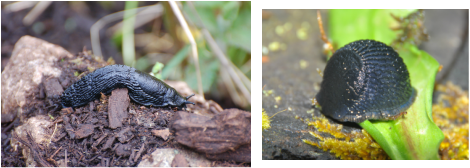 This large introduced slug is a familiar site for anyone that spends time outdoors on southern Vancouver Island. The species is introduced from Europe and can be a major garden pest. For many years we had very few of these at Leaning Oaks, but in the spring of 2013 the numbers increased greatly and the density of this species in the meadow and the garden was amazing. There are a number of common names used for this species, and Chocolate Arion undoubtedly refers to a brown morph of this species. Reddish colour forms (hence the Latin name Arion rufus) also exist but the commonest colour we see here is the jet black "Licorice Slug". 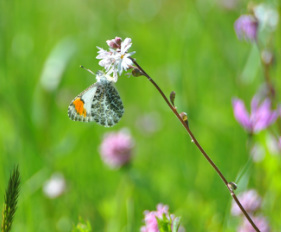 This early flying, distinctive butterfly has one generation a year and generally flies between March and May. The female Anthocharis sara in the photo is nectaring on Small-flowered Fringecup (see 80.). The dark line at the base of the orange goes across the entire wing on the males, whereas this one just goes a little ways across. Bizarrely, there are more white females in populations that are found nearer the ocean, and there are more yellow, further from the ocean. Tower mustard (Turritis glabra) is one of the known larval food plant. Only one year did the Chocolate Lilies or Fritillaria affinis (formerly F. lanceolata) cover patches of the meadow as thickly as the first photograph shows. Usually they are in groups of two or three, just waiting for someone to discover their quiet, dark elegance in amongst the riot of colour that the rest of the spring flowers explode in. If we had fields annually I'd be tempted to try a very small sampling of the bulblets that are reported to be tender and delicate and somewhat like rice...only a bit bitter.
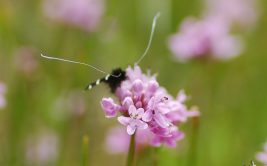 I haven't been able to find out a whole lot about Adela trigrapha! It has the most elegant long white antenna and the three white bars on the wings; thus both the English name and the specific name. I'd like to find a female as she has a fuzzy orange head! This species is found from California north to southern Vancouver Island. The banner across the top of this page shows the sweeping "blush" of Plectritis congesta that fills the places beneath and between the fading shooting stars and fawn lilies. The timing usually matches the subtle blue-eyed mary resulting in a clouds of bold pink, underscored with deep blue. Bumble bees and early flies are often found buzzing about sea blush, finding their way to the cluster of flowers that perch like a head atop the single stalk.
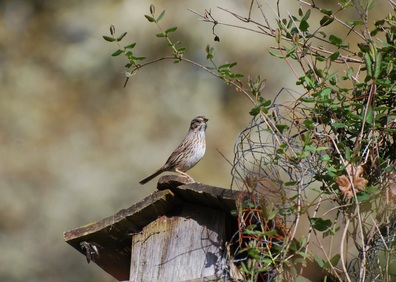 Lincoln's Sparrow (Melospiza lincolnii) is a small, dapper sparrow that is a passage migrant here at Leaning Oaks. Our records are from 20-25 April and the 15-19 of October, although its likely we have overlooked them at other times since they are secretive sparrows that hide in shrubs. Overall this species has increased on southern Vancouver Island where it is common migrant with increasing numbers also overwintering. There are no documented breeding records for the island, although suitable habitat exists. Leah and I found an agitated male during the summer in Strathcona Provincial Park while we were birding for the Breeding Bird Atlas - which hints that they might be breeding here after all. 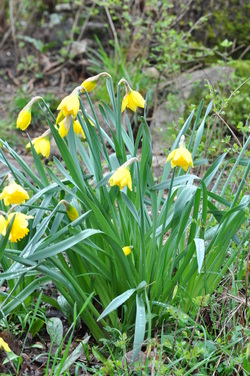 A. You are doing what for species a day?? B. You heard me, the daffodils. A. But is that in the spirit of this exercise? B. They have naturalized in the meadow, haven't they? A. Yes....but...just along the edge! And someone planted them. B. But we didn't; and besides that, did we plant the daphne or Himalayan blackberry or any of the other invasives that have been included here? Have we? A. No. But these are different. B. Why? A. We haven't pulled them out. B. Huh? A. I suppose they aren't just at the edge.... B. I am doing Narcissus pseudonarcissus A. Okay 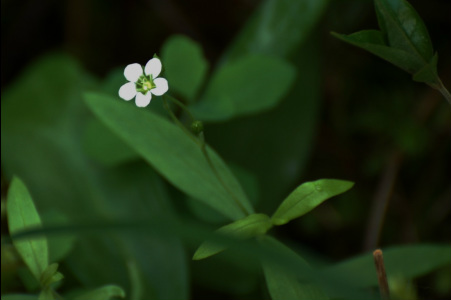 There was a time when many white-flowered plants in the Caryophyllaceae were in a large genus Arenaria, the Sandworts. Nowadays the genus has been split into several genera including Spergularia, Eremogone and Minuartia. This species is in still another genus and is now Moehringia lateriflora - which is considerably more difficult to remember, pronounce - and spell! Blunt-leaved Sandwort grows in both North America and Asia. Here at Leaning Oaks it grows in dry woodland and meadow edge, putting out dainty white five-petalled flowers in April and May. Where ever one travels in B.C. it seems ever present, it grew on my thesis area in the East Kootenays, it grows in the woods along the Tatshenshini River in extreme northwest of the province and in most forests in between. 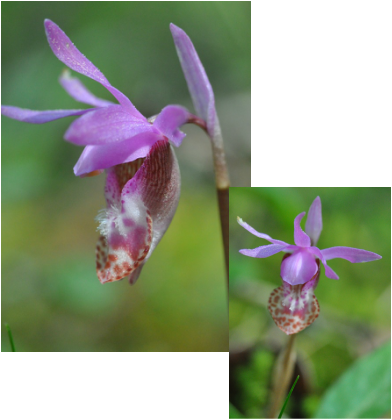 This orchid is found in the shade of the mossy forest and usually growing singly. Calypso bulbosa is a perennial herb grows from corms and I find them in the same location year after year. We have had visitors that can not believe that this exquisite, sweet smelling orchid is native. Despite being relatively common in a few localities, they should never be picked as that will usually result in the corm dying. According to Pojar and Mackinnon, Haida girls ate small quantities of the apparently buttery tasting corm to increase their busts. Don't do this either. 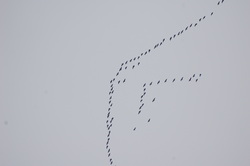 For us, this species has been strictly a spring and fall migrant, noted from the property as they fly overhead, calling. Our records here span the 1-24 of April and then again in the fall from the 26 Sept-18 Oct. This photo is of just a part of a flock of 682 that passed overhead on Sunday; and just one of 3 flocks I saw that day for a total estimated in excess of 1500 birds. Greater White-fronted Geese (Anser albifrons), like many geese and swans, are increasing in numbers, so it is not surprising that this is the highest number recorded at Leaning Oaks |
AuthorsTwo biologists on a beautiful property armed with cameras, smart phones and a marginal knowledge of websites took up the challenge of documenting one species a day on that property. Join along! Posts and photographs by Leah Ramsay and David Fraser (unless otherwise stated); started January 1, 2014. Categories
All
Archives
May 2025
|
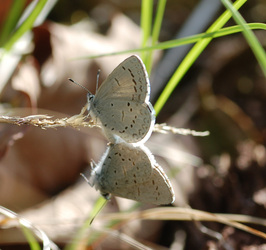
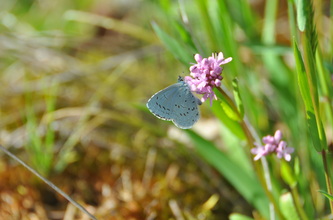
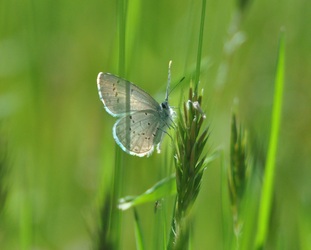
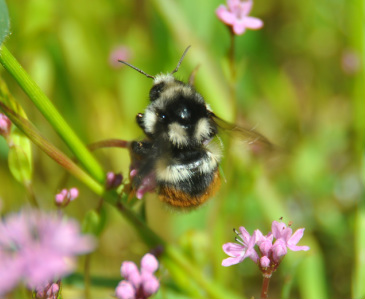
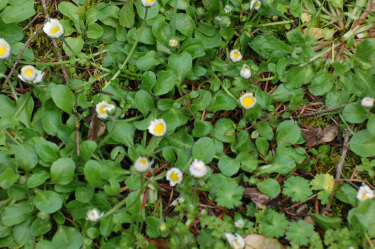
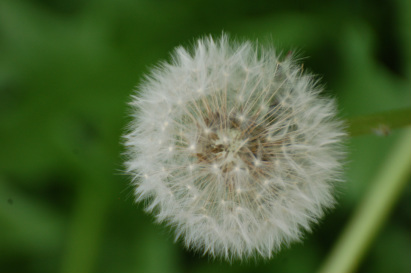
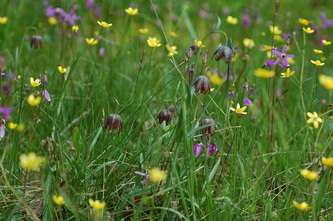
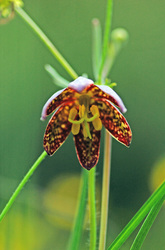
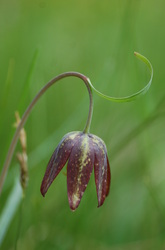
 RSS Feed
RSS Feed